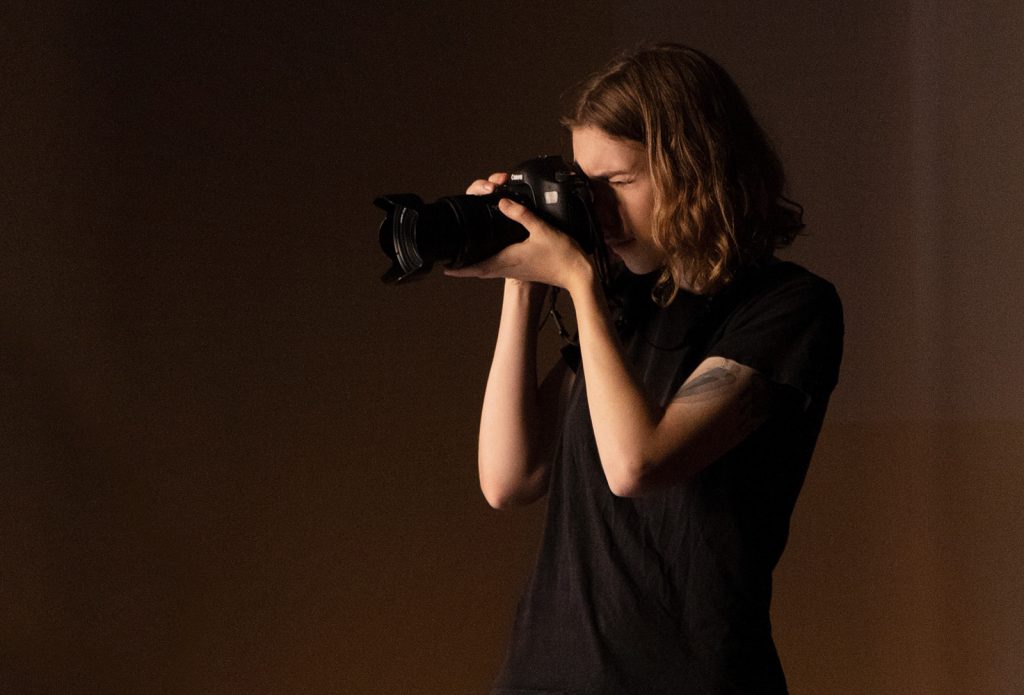
Meet Voxfrock rookie Tilly Parsons, a gifted young artist who specialises in portrait and fashion photography and describes her life’s work; “exploring and reframing cinematic conventions utilising both analogue and digital mediams.” Tilly has a Bachelor of Screen and Cultural Studies, Hons. from the University of Melbourne and for her first assignment this festival, we asked her to refresh our story about noted fashion historian Tom McEvoy. Tilly captured Tom’s ambitious plan to re-animate the work of legendary designers John Claringbold and Ross Weymouth. His runway, “Catwalk Masters: A Claringbold and Weymouth Retrospective” ran for two sessions at Como House on the festival’s Fashion Culture programme.
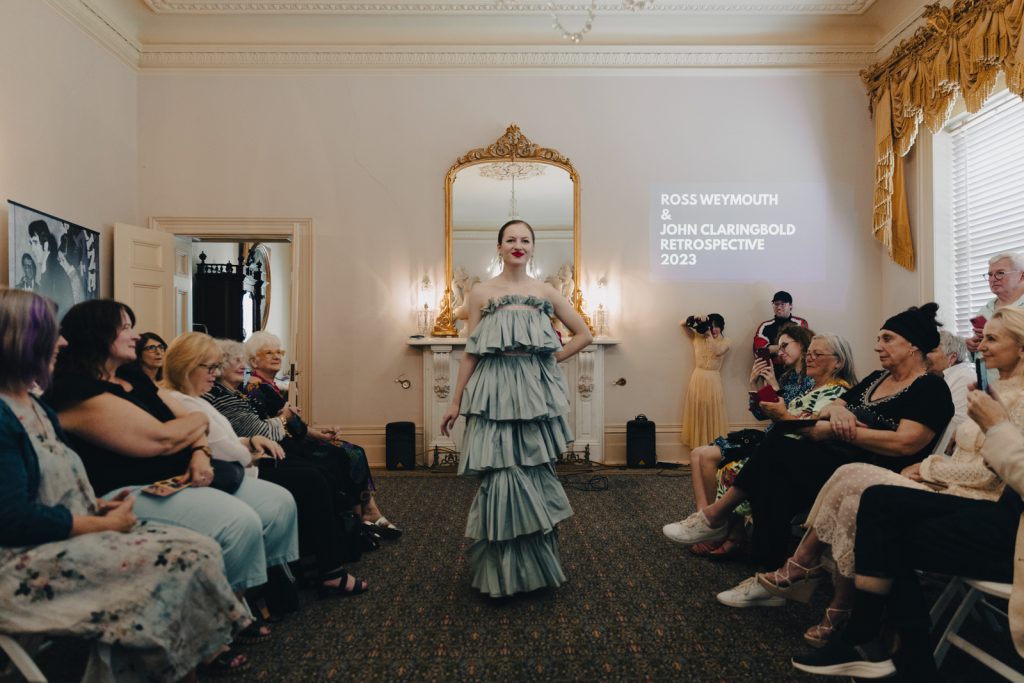
Historian Tom McEvoy’s life mission is to fish Australia’s fashion heritage out of obscurity. Private collections, vintage markets, museum and media archives; anywhere he can rescue, say, a frock in good nick by a once thriving Aussie brand, or an anecdote about life in the schmatte business back in the day, Tom’s there like a shot.

It’s weird work – intense and academic – for a wedding-slash-fashion photographer, but it’s paying off. Awareness is slowly spreading that without Tom, who now has a master’s degree on Australia’s fashion heritage under his belt, many of the industry’s most intriguing stories would simply vanish.
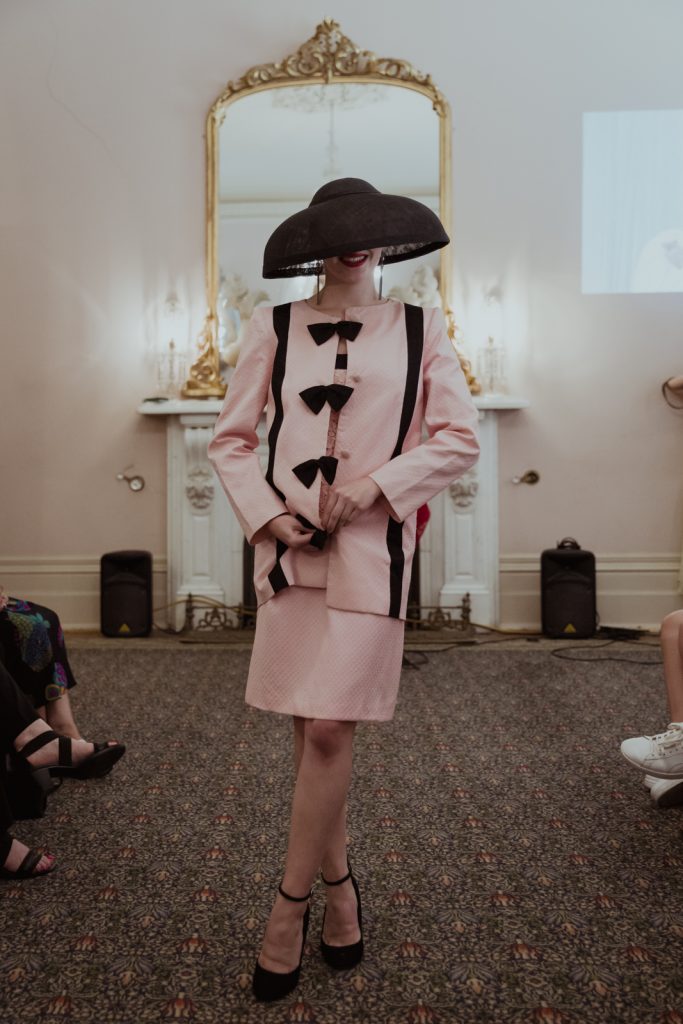
His latest project is a case in point, backed by Creative Victoria, aided by the National Trust, abetted by Tom’s entourage of fellow fashion history tragics: two runway shows, or rather “events”, with no less than 50 original frocks by top gong Gown of the Year designers, John Claringbold and Ross Weymouth, shown on the Melbourne Fashion Festival’s Fashion Culture programme.
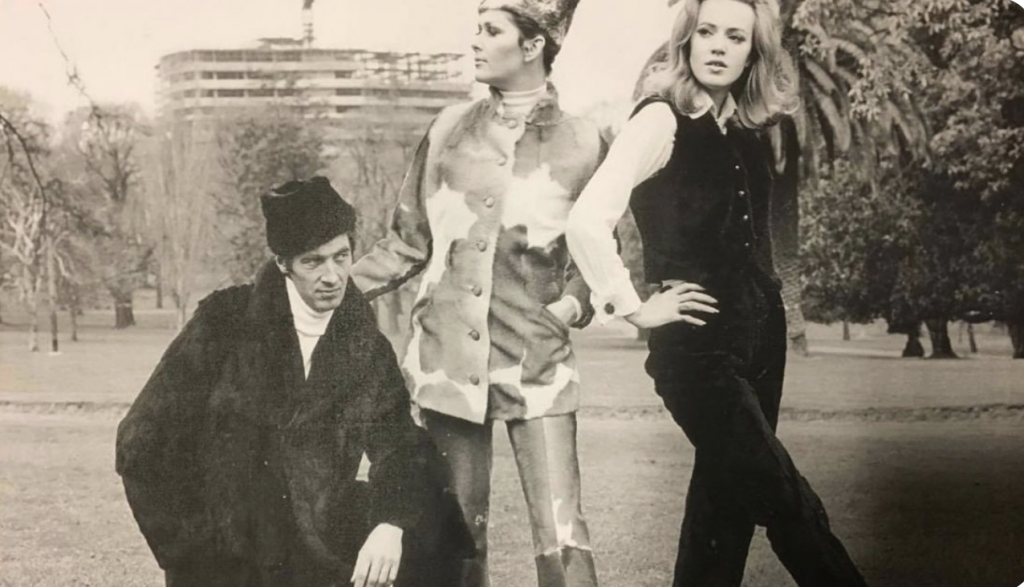
In the tradition of Tom’s previous history-illuminating events, including last year’s that focussed on fashion’s “matriarchs”; women-owned brands and empires, his Claringbold and Weymouth shows were peppered with stories of their era.
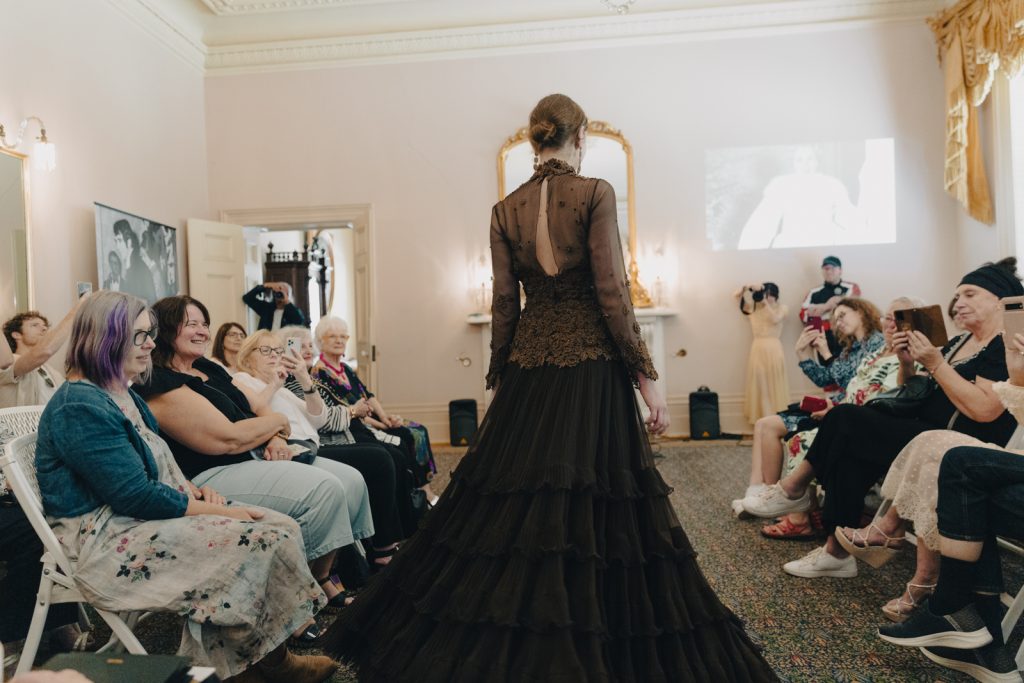
“Stories like the queer culture of (fashion’s) early pioneers,” Tom says. “People don’t realise what a rich cultural history (fashion had) and it’s important I think to remind young students today who are so passionate about queer culture and inclusivity in fashion that actually we have a rich history; people in the queer community back then could succeed as a designer…”
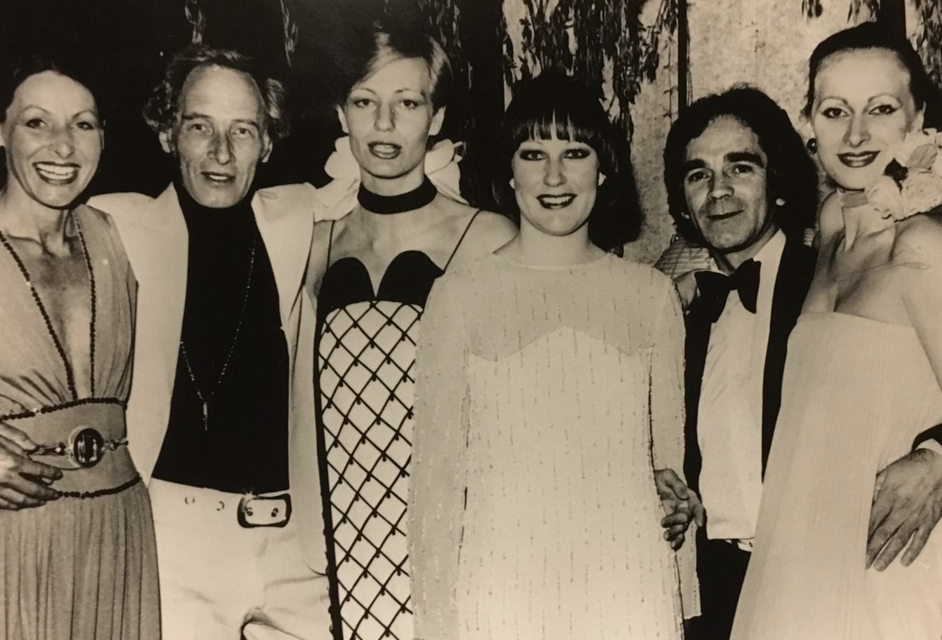
Tom tracked the couple’s careers from the 1950s to their deaths, coincidentally in the same year, 2007. “We’ve also got Tony (Anderson) who was a very young impressionable man at the time who trained as a dressmaker; he can share stories including about what it was like being a gay man in the arts and fashion scene then….”
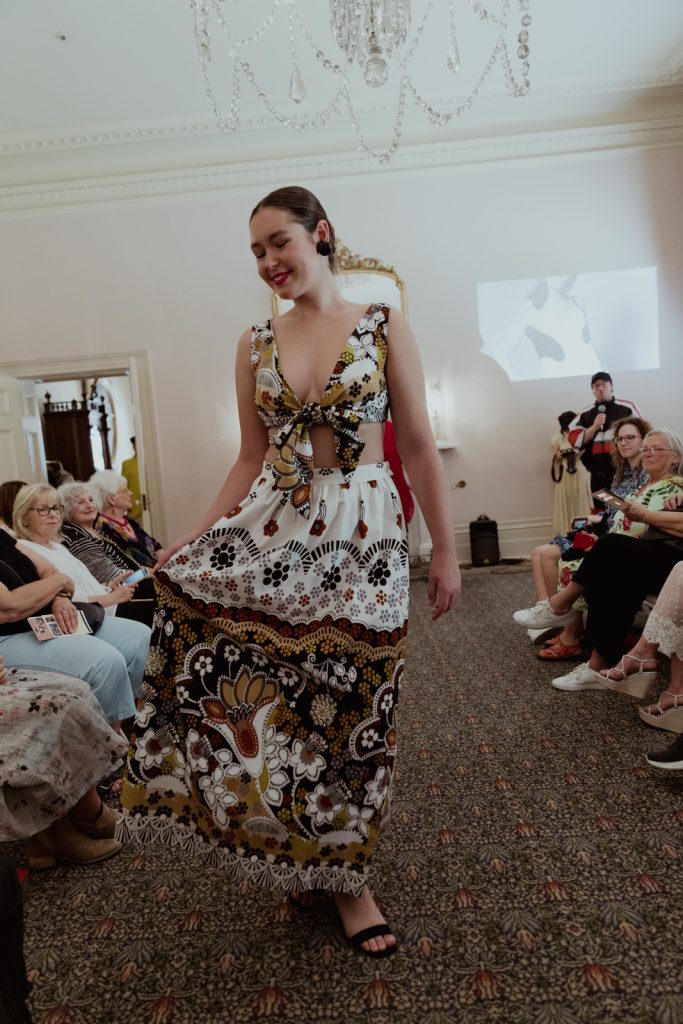
According to Tom, John Claringbold, who described himself as, “just a country boy” from Halls Gap, emerged as a rising fashion star around 1954. “He won first place in the window dressing awards at the Mutual Store, went on to do a lot of window dressing for Sportsgirl, and in 1958 he got an honourable mention for designing the Gown of The Year (GOTY) entry for Ecstasy Creations.”
In 1962, John Claringbold established his eponymous brand in Melbourne. In 1969 he scandalised GOTY traditionalists by winning the top gong with a simple linen maxi shift painted with giant daisies. “He just spent five bucks on a piece of linen he shaped just few days before the event,” Tom says. “The model wore sandals, no hat…It was his kind of “anti-glamour” piece, to show you can be creative about fashion with out spending a lot of money.”
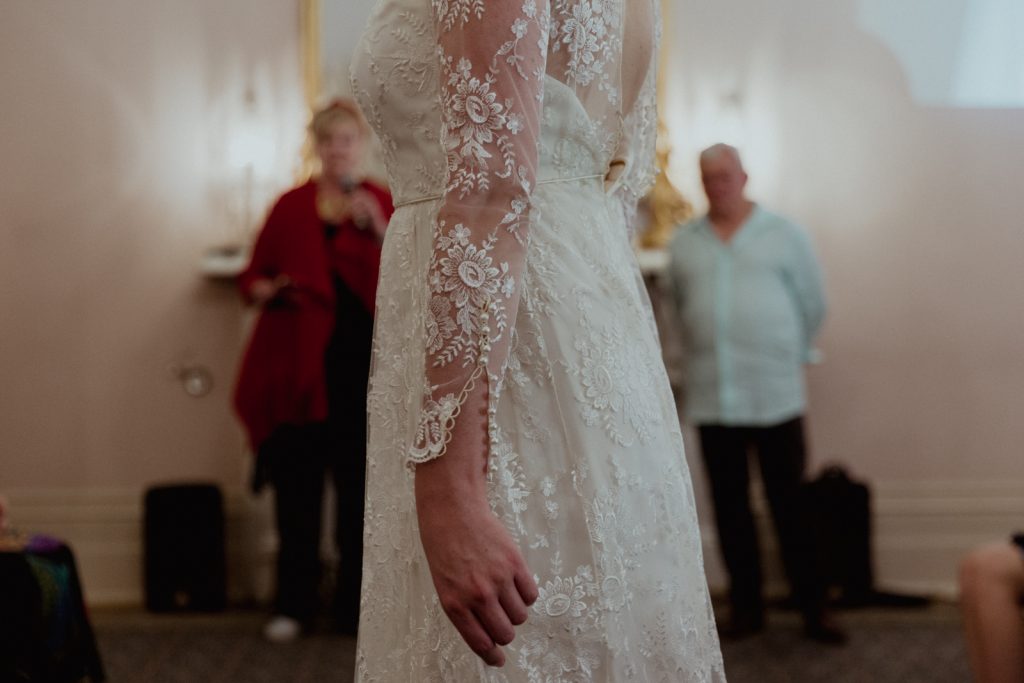
The national Gown of the Year awards were launched in 1953 by the Australian Mannequins and Models Guild to elevate local brands and encourage innovative design. The annual event’s hallmark was, ironically, ultra-glamour but usually within classical bounds. “It was where (designers) unloaded all their big ideas into a gown…” Tom says. That was, until John Claringbold’s radical “daisy dress”, one of the 50 originals Tom will show next month, altered the awards’ modus operandi. “Designeers threatened to boycott,” says Tom, “They said ‘what’s the point entering if something like that is going to win?’…” The awards eventually fizzled in the early 2000s.
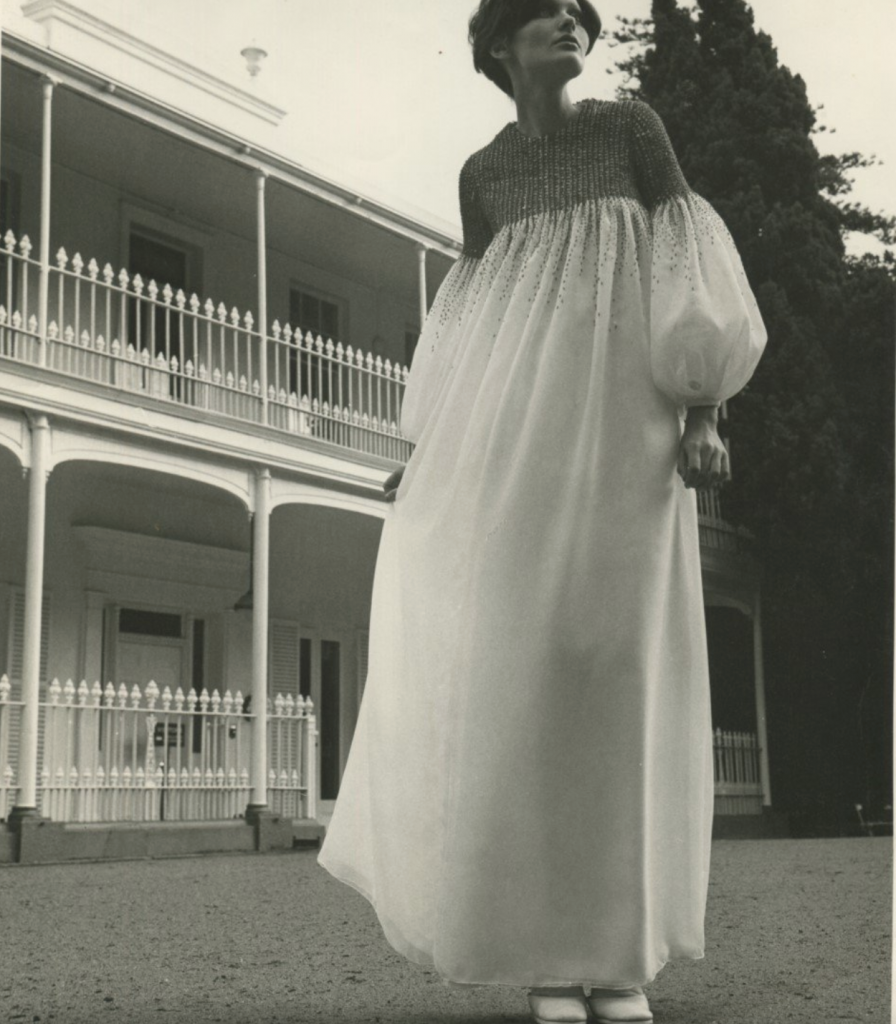
Ross Weymouth’s name was also linked to the GOTY awards. “He burst onto the scene with Peacock Apparel,” says Tom. He then worked closely for and with John Claringbold from the late 1950s. Both their names resonated as fashionably at the time as Norma Tullo, Prue Acton and Trent Nathan’s.
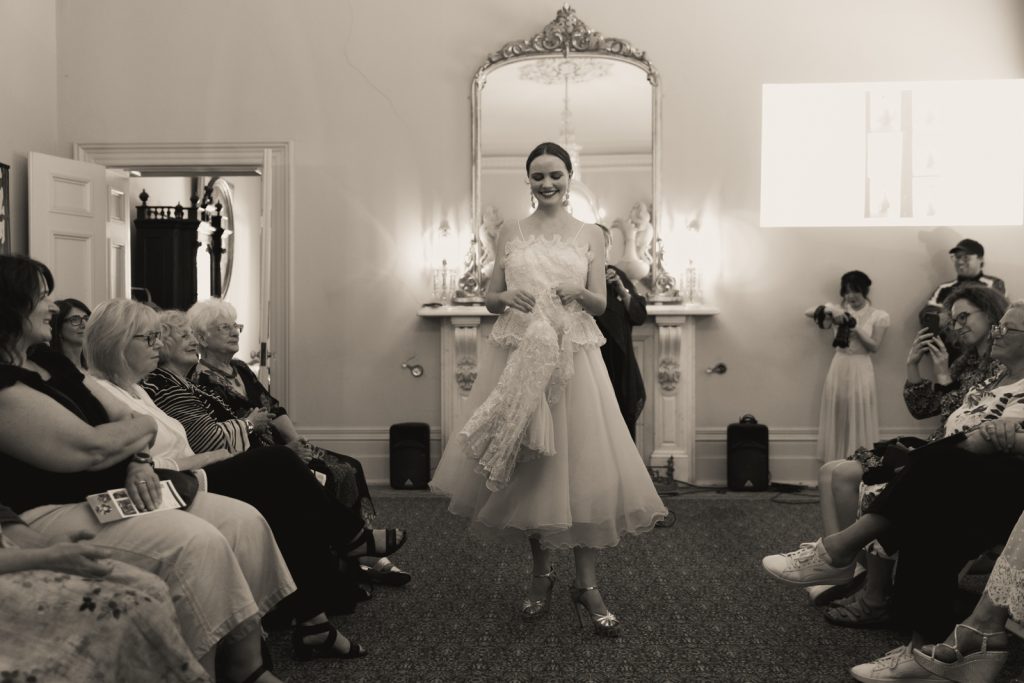
“We’re really lucky to have Ross’s niece, Kerri Weymouth, with us for this,” Tom says. “She worked for John Claringbold and became a custodian of their estate (in southern NSW). She actually has the entire contents of their workroom; fabrics, scissors, beads, everything, just as it was when they passed away….”
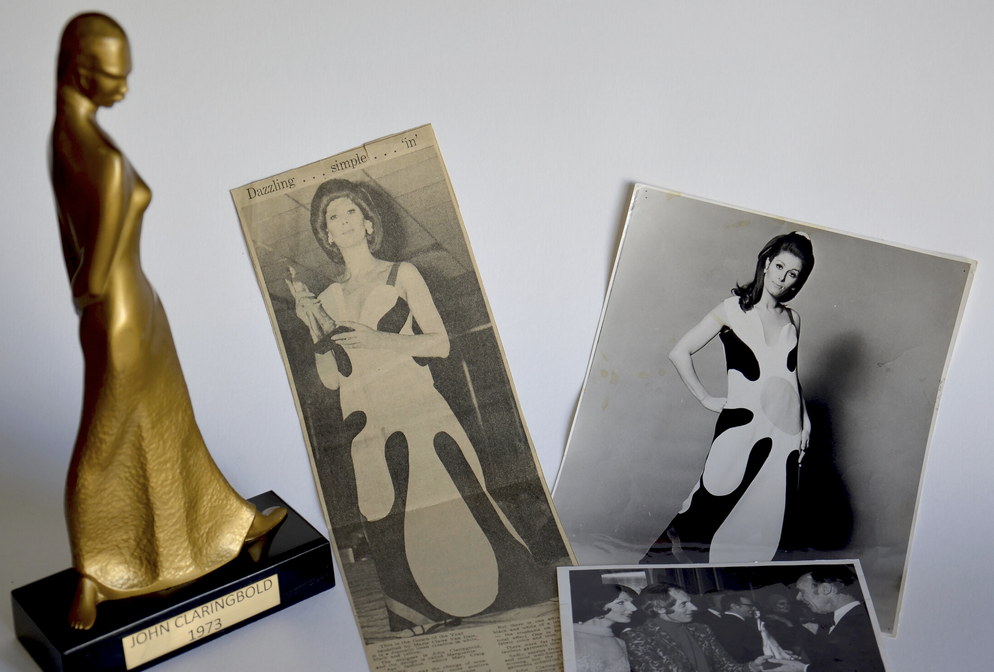
The estate’s treasures are priceless: original gowns, trims and drawings, photographs, letters and one wildly flamboyant flamenco gown designed and made by Ross to commemorate John’s life. “Ross passed away about two days after he finished it so no-one ever wore it,” Tom says. Until now. “We have it…..”
Another dozen or so precious GOTY entries and winners by the couple were preserved in boxes in the basement of Griffith’s Art Gallery and, with Creative Victoria’s funding, carefully preserved and prepared for the trip down to Como House.
They were not the only precious cargo either. “We also had Elana McKinley Braianis who used to do a lot of modelling (for John and Ross) to talk about the catwalk shows they put on,” Tom says. “And Kerri (Weymouth) working backstage like she used to for John, and Tony Anderson speaking along with me about what life was like..”





